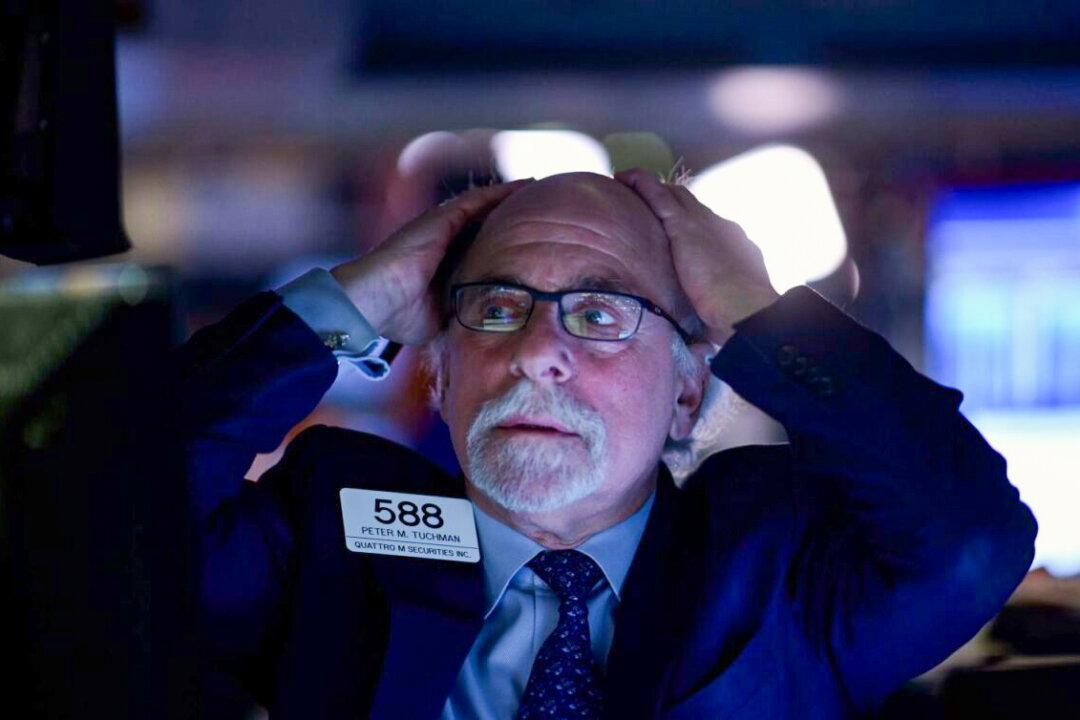Investors are becoming increasingly bearish on stocks as persistently high inflation has compelled the Federal Reserve to hike rates aggressively, with Bank of America analysts and the American Association of Individual Investors (AAII) both saying that investor pessimism has hit levels not seen since around the time of the financial crisis of 2008–09.
The latest sentiment survey from AAII shows that the percentage of individual investors describing their six-month outlook for stocks as “bearish” rose sharply by 14.9 percentage points, to 60.9 percent. The last time the AAII investor pessimism gauge was higher was in March 2009, when it hit 70.3 percent.





